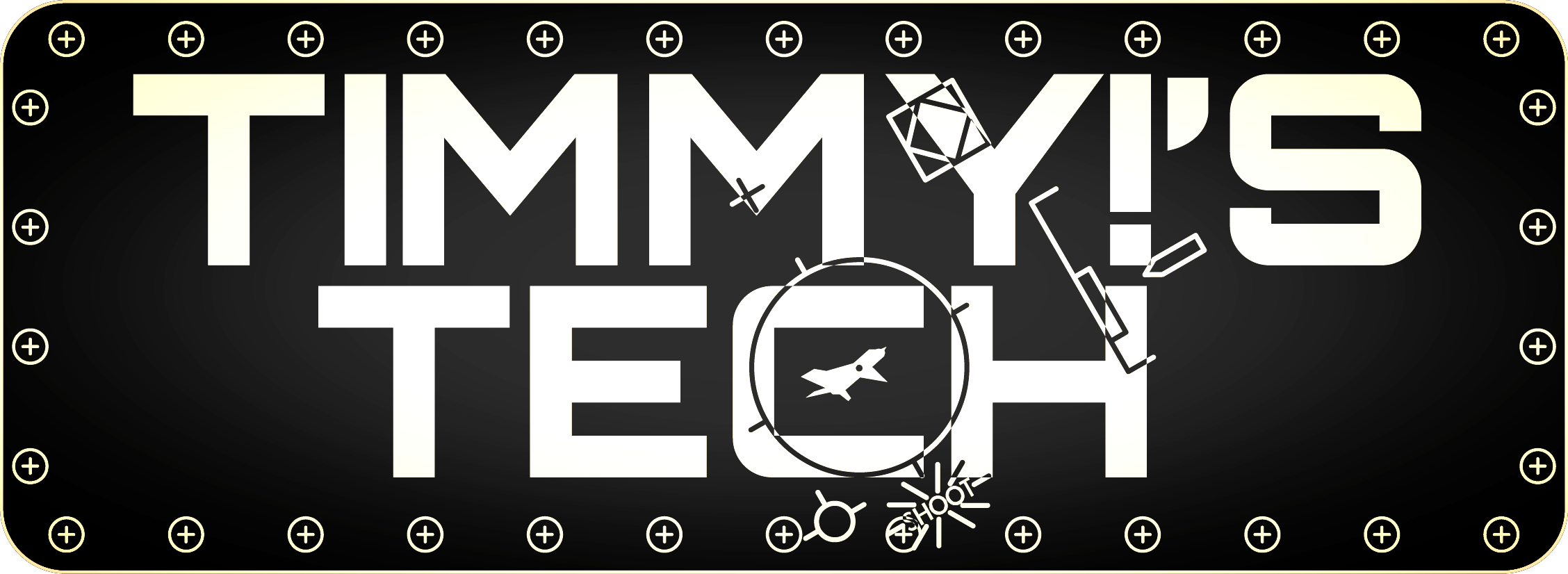Decals decals...tomato tomato
Panel lines and Data
After the painting was compete the next step was to apply the panel lines. Personally I have always hated panel lines on models. That is to say, I hated dealing with repairing and re-scribing panel lines on models. Because I hated them so much, I long ago decided that the scribed lines were out of scale and artistic more than realistic. So I kept to the notion that detail should fade with viewing distance, the panel lines on my model were made with a pencil, more accurately a lead holder with an extremely sharp lead. Using straight edges and portions of my printed plans the panel lines were carefully applied. A great advantage was any mistake could be easily removed with an eraser. Also I didn’t work terribly hard to ensure each line was of equal weight, variation is normal on the the real aircraft and some variation was allowed on my model.
Lead holder and sharpener
Once all the lines were in place it was time to work on the remainder of the markings. The markings were drawn in Adobe Illustrator and every bit of data was drawn, accurate wording to the letter. Originally the plan was to make dry transfer markings, however the system I use could not cope with the tiny size fo the decals, and I was having a bad day to two with then so I gave up and went the waterslide route. Using a ALPS printer I printed up the decals, while a coat of Future dried on the model. I was pleased that even at this scale the wording was legible, albeit through a 10x jewelers loupe.
Most of the decals were black ink printed on clear laser decal paper, but there were a few special cases. There were a handful of red and white decals printed on clear sheet and couple that were black ink printed on yellow decal sheet. Yellow ink on the ALPS was not an available option. Thought there were several printed with yellow ink, then traced over with yellow acrylic ink loaded in a fine tip technical pen. Of note, I forgot to mask off the red bars in the national insignia when I sprayed the blue; so strips of red decal were applied to correct that error. The shark mouth was orginally to be painted, the vinyl cutter did not make a good mask so the artwork was converted to a black decal. Other than that bit of planning to get the right colors, the decals were laid down in a standard method. Softened with water, applied, and settled down the Micro Sol. All those decals took an awful long time, nearly as bad as the rivets, but more enjoyable.
Some weathering was accomplished as well, a little lamp black and burn umber oil paint simulated some hydraulic and exhaust staining as seen on the actual aircraft. There were a couple of areas where a wide panel joins were simulated with black ink applied with a technical pen. The wing join was one area where the ink was necessary.
That’s it for this installment…
Up Next....
Mounting the Goshawk, the Stand.
Written and performed by,
Timmy!
July 25, 2018














